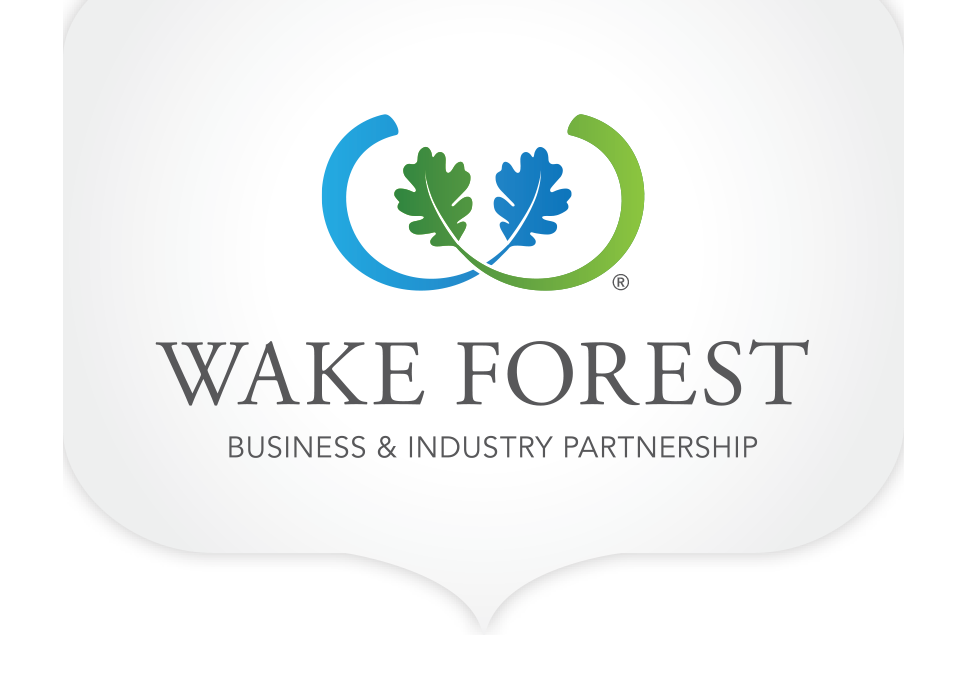Nestled in the heart of North Carolina, Wake Forest has witnessed remarkable growth and earned recognition as a sought-after small-town community with big-city energy. As part of the thriving Research Triangle Region and just minutes from RDU International Airport, the Town’s 55,000+ residents, flourishing business base, and remarkable history combine to create a wonderfully vibrant community.
As the 8th fastest-growing municipality among the 552 across North Carolina, Wake Forest’s population has surged by 281% from 2000 to 2022, with projections indicating a population surpassing 118,000 by 2040. The Town's appeal as one of the best places to live and do business stems from its thriving economy, outstanding amenities, and an intense sense of community.
The population surge in Wake Forest has been primarily fueled by households earning over six figures annually. Notably, between 2010 and 2020, an impressive 88% of newcomers to Wake Forest brought a household income exceeding $100,000, propelling the Town's median household income to surpass the $100,000 mark. Households moving to Wake Forest within a year of 2019 brought a median income of $140,000. This represents a continuing and very rapid upward trend. As of 2021, the median household income in Wake Forest stands at $104,006, an income level exceeding the median in North Carolina by a significant 68%.
The rental market in Wake Forest has also experienced changes aligned with the Town's growth. New rental developments have resulted in an increase in the number of renter households earning more than $75,000 per year. The median income of renter households has grown by 38% since just 2015.
Wake Forest is proactively taking measures to address the income disparity between new and longer-term households, focusing on strategic planning to handle the anticipated growth. During the Wake Forest Economic Development Forum in February, Jason Cannon, President of the Wake Forest Business and Industry Partnership (WFBIP), highlighted the ongoing planning efforts to prepare for future growth. “A lot of conversation and planning is underway at the Town level on how we can strategically prepare for the growth that lies ahead,” said Cannon. “With the objective of maintaining housing accessibility while accommodating the Town's expansion, Wake Forest is striving to strike a balance between prosperity and affordability.”
Building on the housing needs captured in previous planning efforts, the Wake Forest Housing Affordability Plan was adopted in September 2022. Led by the Wake Forest Planning Department, it provides a comprehensive overview of the Town's efforts to address the challenges of housing affordability amidst its rapid growth. The plan highlights a commitment to creating a diverse range of housing options to meet the needs of its residents and emphasizes the importance of balancing growth and affordability in order to maintain the sense of community that makes Wake Forest a desirable place to live.
Specifically, the Town is committed to promoting affordable housing through three strategies:
Expand and Preserve Homeownership: Help existing homeowners stay in their homes and support entry for moderate-income first-time homebuyers.
Create New Affordable Rental Housing: Pursue opportunities to create affordable housing for low- and very low-income renters through targeted projects.
Build Capacity and Partnerships: Foster expertise and partnerships to implement the Housing Affordability Plan.
The plan aims to foster a community that is inclusive and accessible to residents across various income levels. By implementing these strategies and collaborating with stakeholders, Wake Forest is working towards ensuring that housing remains affordable and available to residents of varied means as the Town continues to grow.
Wake Forest's exponential population growth, accolades, and thriving economy have positioned it as an attractive place to live and do business. The Town's income growth has primarily benefited high-earning households, contributing to an impressive median household income. However, this growth has also created housing market challenges for longer-term residents. By implementing strategies that balance growth with affordability, the Town is charting a path to sustain its sense of community and offer a welcoming living environment. Through thoughtful planning and community-driven initiatives, Wake Forest will continue to thrive as a desirable destination to work, play, and call home.
We invite you to discover the 2023 Wake Forest Community Profile, which highlights the latest data available on numerous population characteristics, the workforce and labor shed, development activity, and educational strengths our charming town offers.






